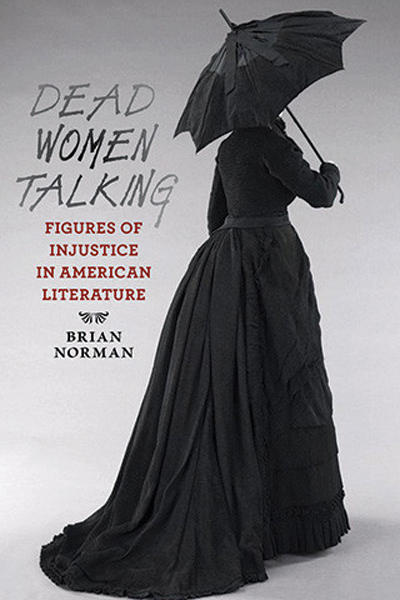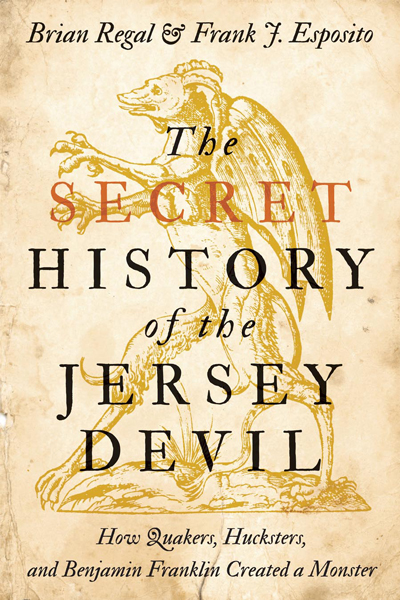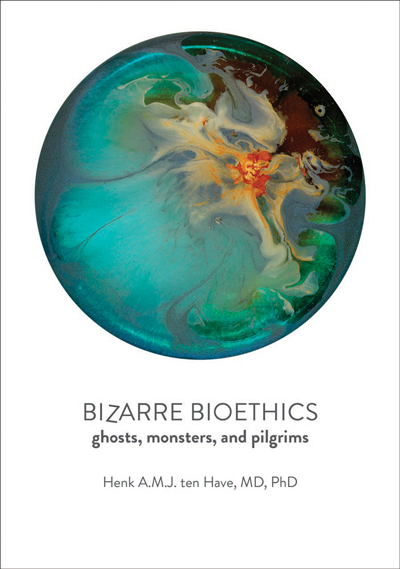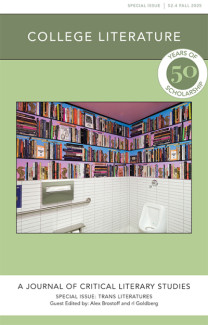
Johns Hopkins UniversityEst. 1876
America’s First Research University
Halloween Reading List

Witches, devils, ghouls...and books! This Halloween, explore hauntingly good books from Hopkins Press, including The Secret History of the Jersey Devil and Dead Women Talking and uncover the mysteries and legends of the spookiest time of the year. Dead Women Talking
Dead Women Talking
Figures of Injustice in American Literature
American literature is full of haunting figures: headless horsemen, ghouls, murderers, and other monsters. Perhaps most unnerving, though, is the recurring character of the talking dead woman. From Madeline in The Fall of the House of Usher to Susie Salmon’s ghostly narration of The Lovely Bones, women have posthumously been speaking as agents of social justice in literature long before it was seen as fashionable. The Secret History of the Jersey Devil
The Secret History of the Jersey Devil
How Quakers, Hucksters, and Benjamin Franklin Created a Monster
The Jersey Devil has been a part of the American mythos since the colonial era, standing the test of time as one of the longest-lasting monster legends in the United States. Born of a witch in the New Jersey Pine Barrens, the Jersey Devil is an amalgamation of man and beast that acts as a harbinger of disaster and tormenter of passersby—but, as is often the case, reality is even stranger than fiction. The legend of the Jersey Devil involves a much more complicated origin than witchcraft, combining colonial politics with religious upheaval, conspiracy theories, and even Benjamin Franklin himself. Bizarre Bioethics
Bizarre Bioethics
Ghosts, Monsters, and Pilgrims
Ghosts and monsters don’t just roam the halls of and forests in your favorite scary movies: they make themselves known in health care and the sciences, too. The ethical oddities surrounding unusual cases (including experimental drugs, rare diseases, and genetically-altered embryos) often create a void that neglects the underlying values—like justice and community—that would lend to a broader, more well-rounded understanding of today's world. Switching Sides
Switching Sides
How a Generation of Historians Lost Sympathy for the Victims of the Salem Witch Hunt
It has long been agreed that the Salem witch trials involved very little witchcraft and instead resulted from a combination of mass hysterics, social and racial tensions, and perhaps even illness. Then why, in the latter half of the 20th century, did sympathies shift away from the victims of the trials and fall onto the perpetrators of the witchcraft proceedings? In examining this shift of perspectives and the ideologies of the historians who wrote them, we can come to understand the reallocation of blame and innocence surrounding historical events and how our modern society impacts how we view the past.


